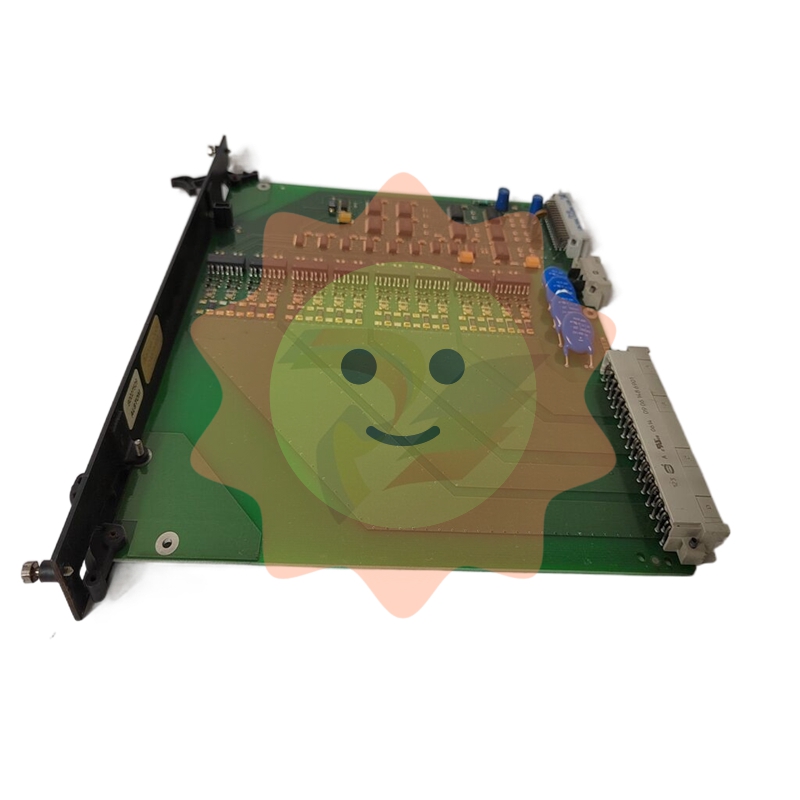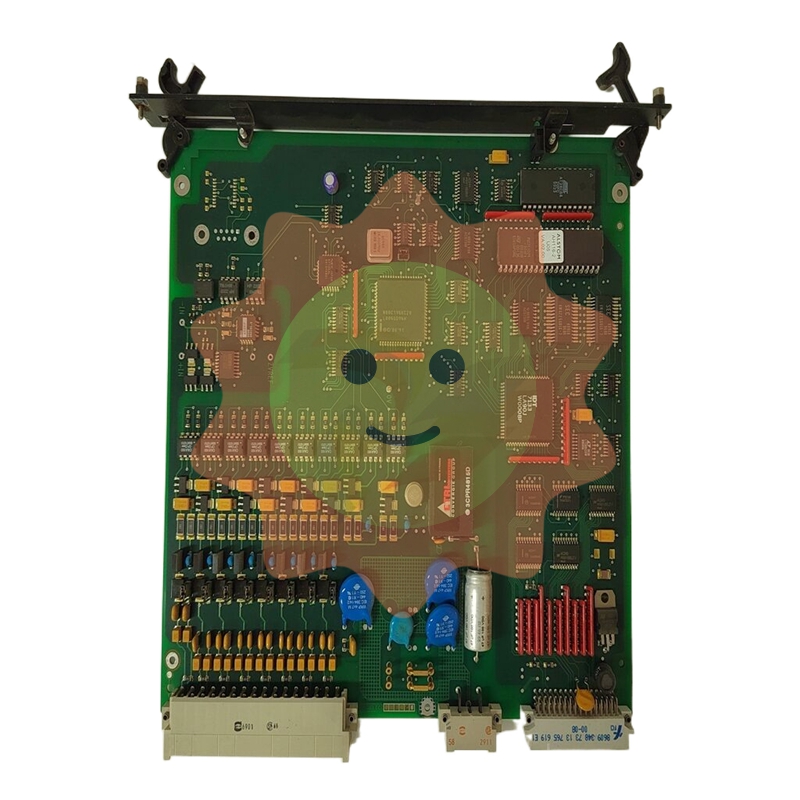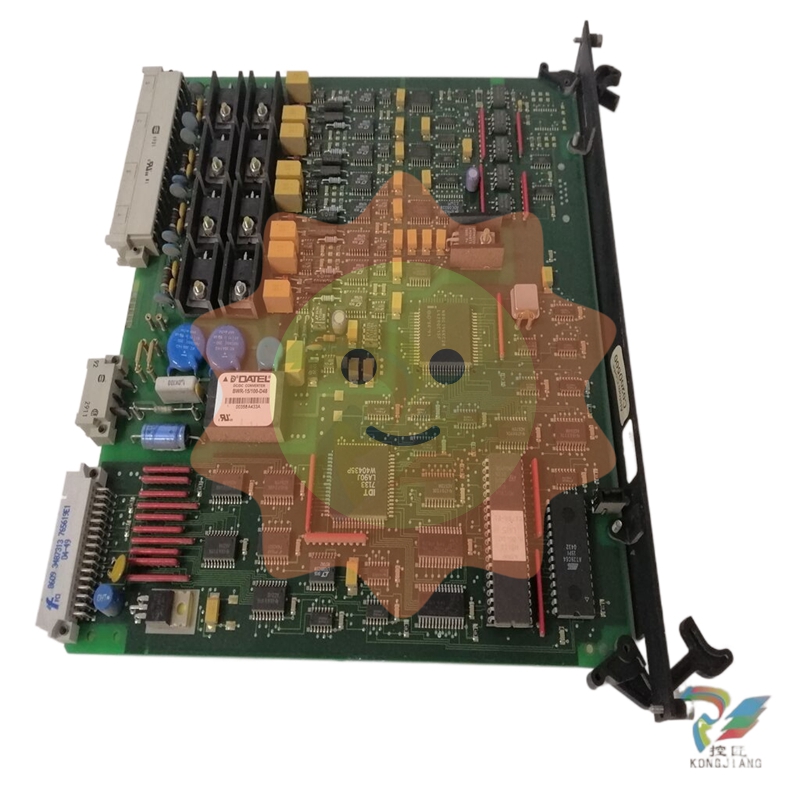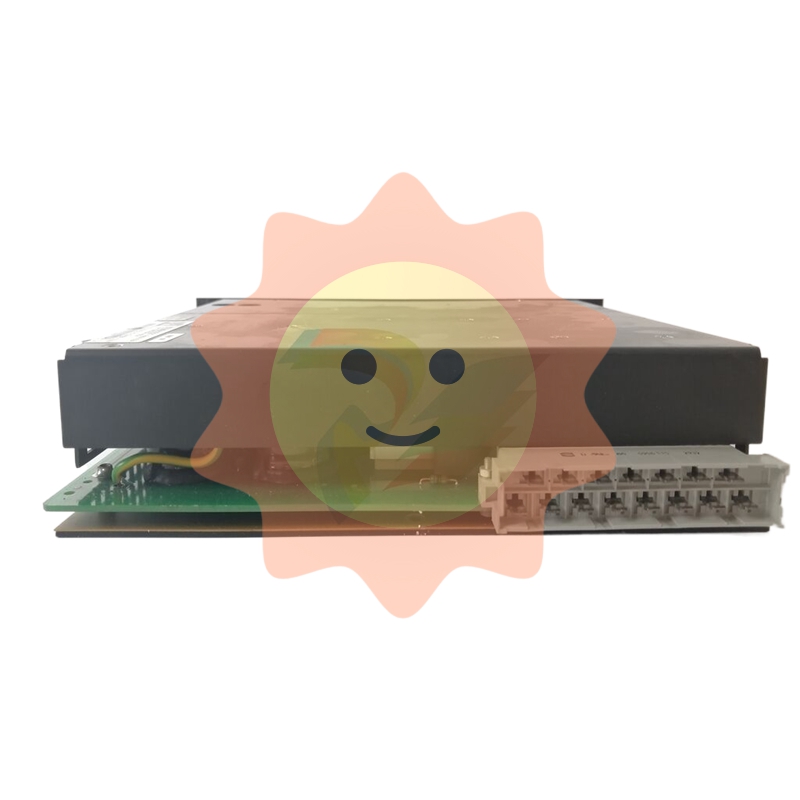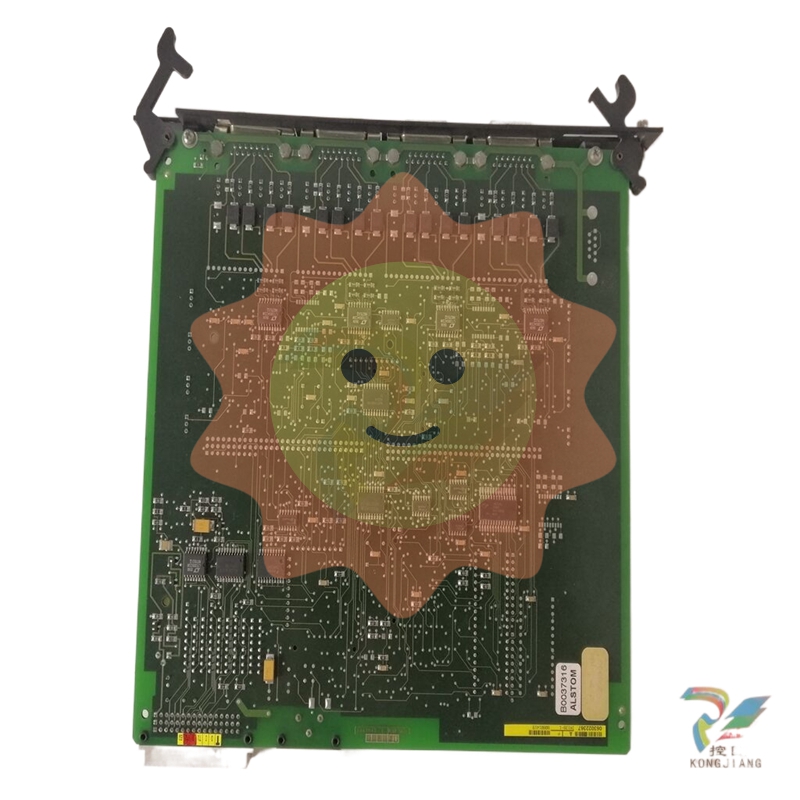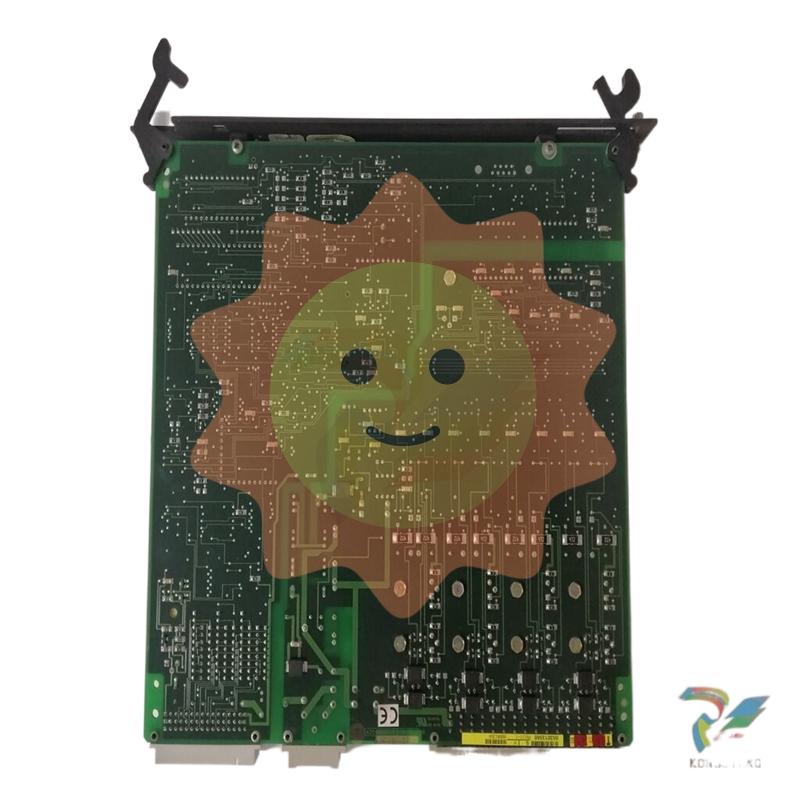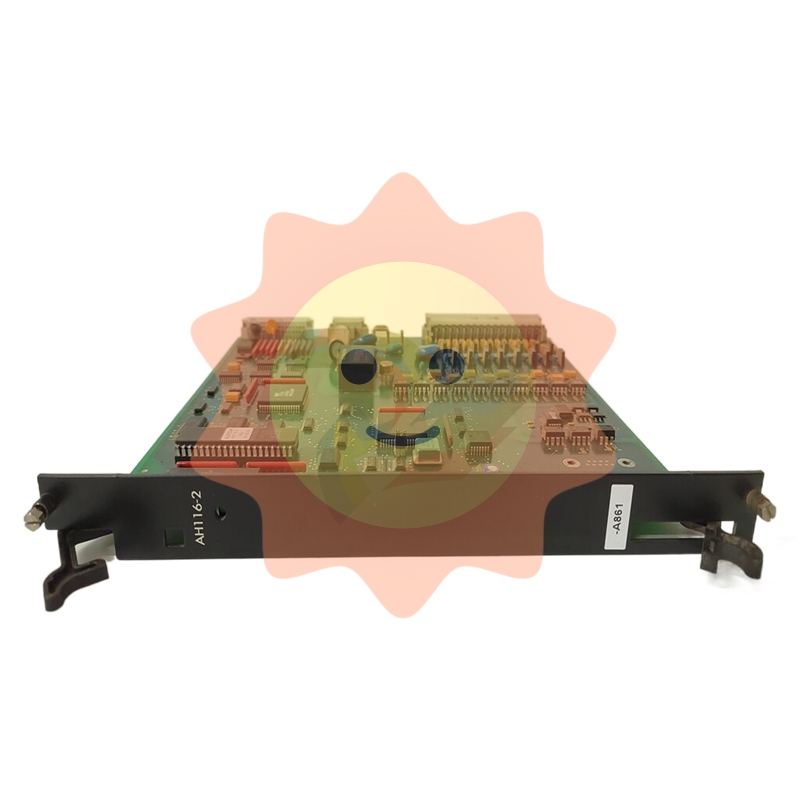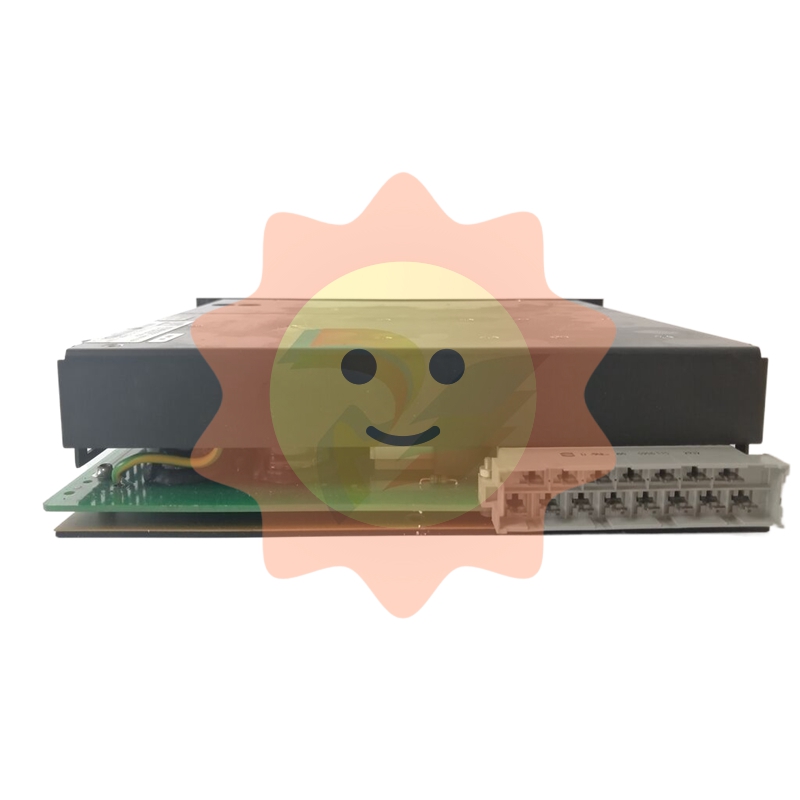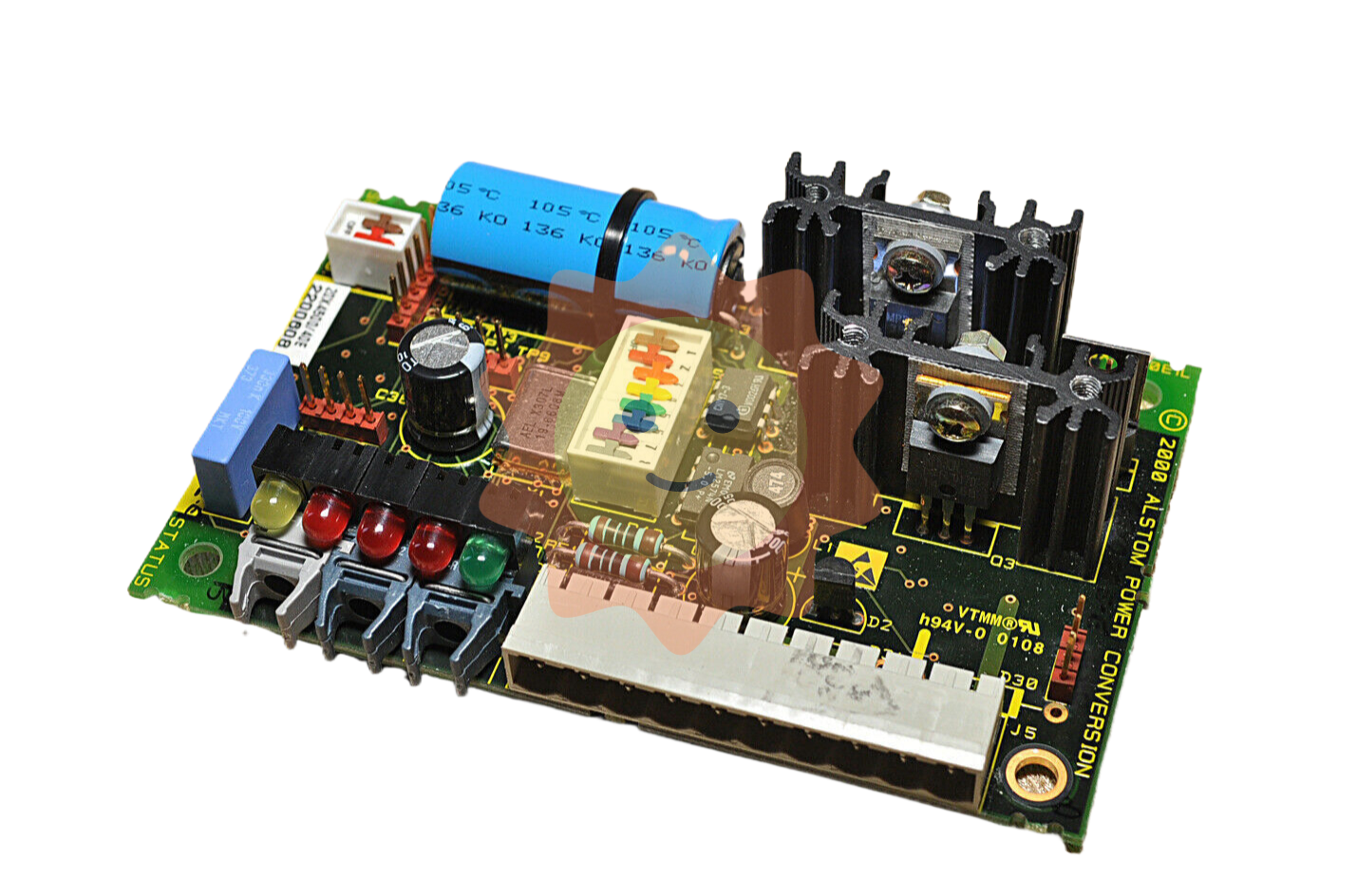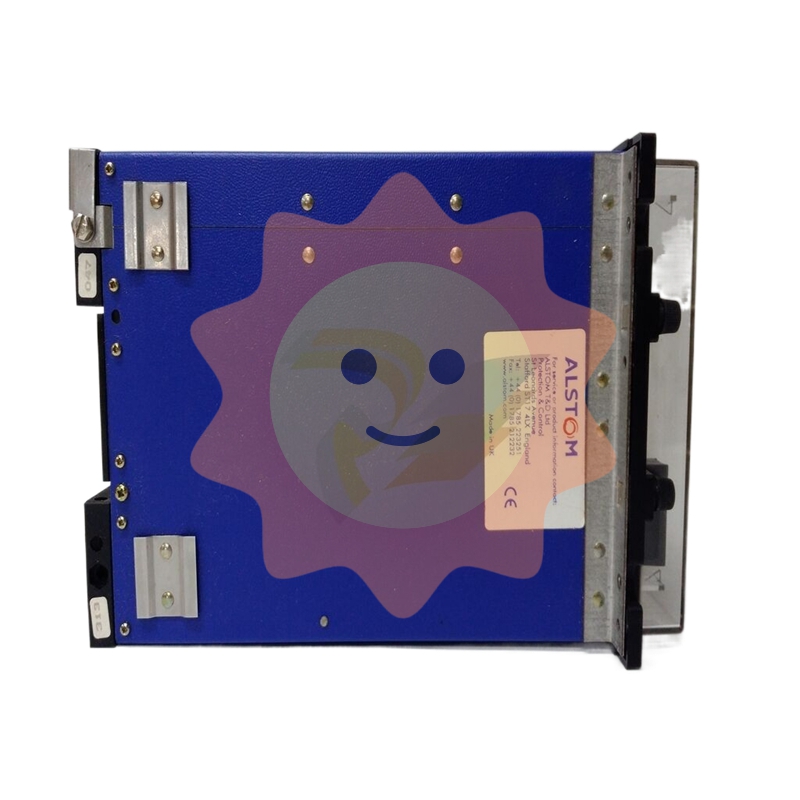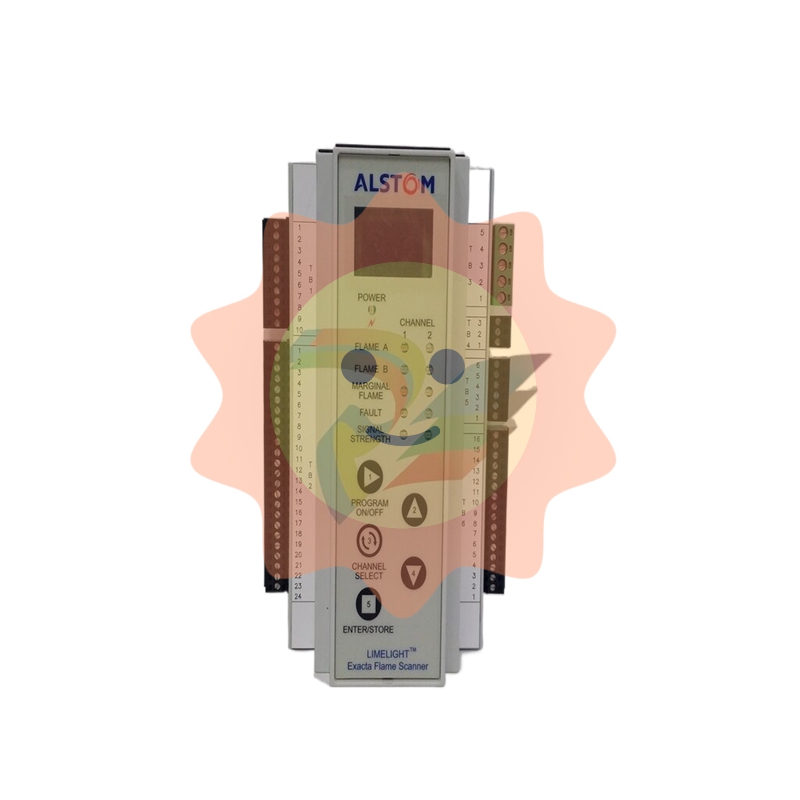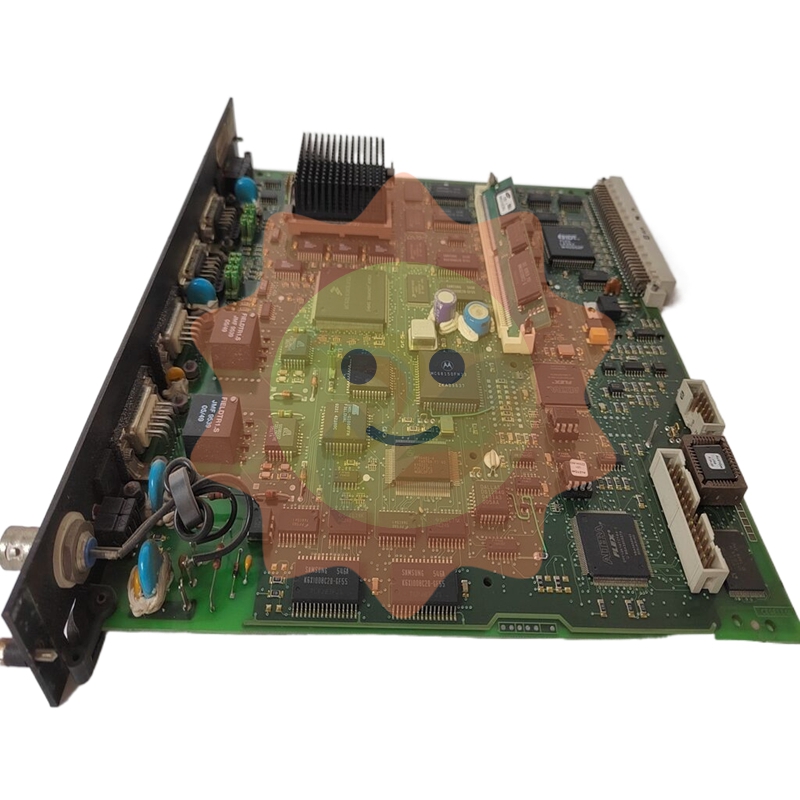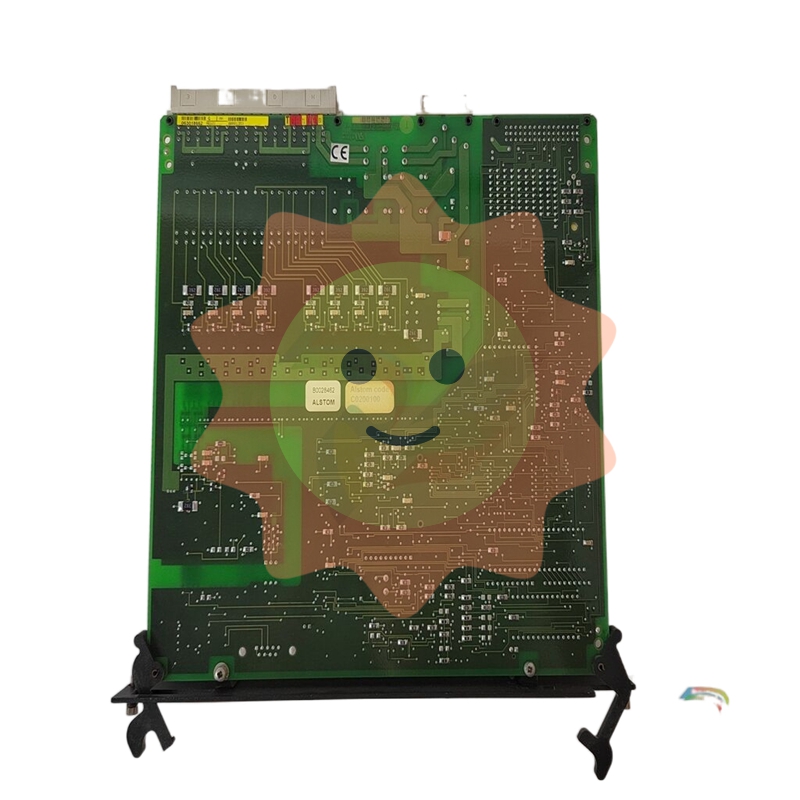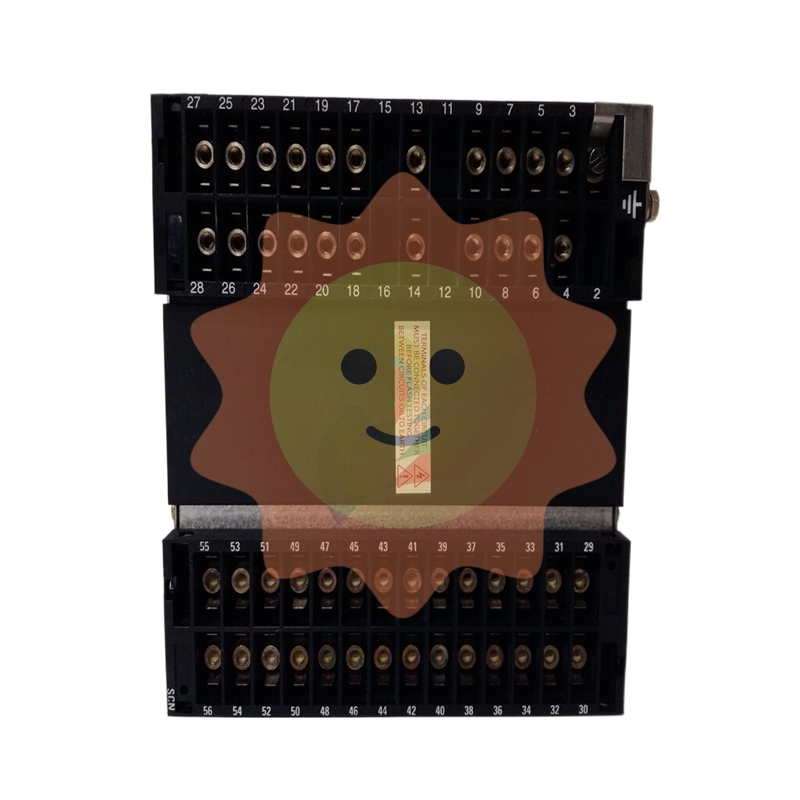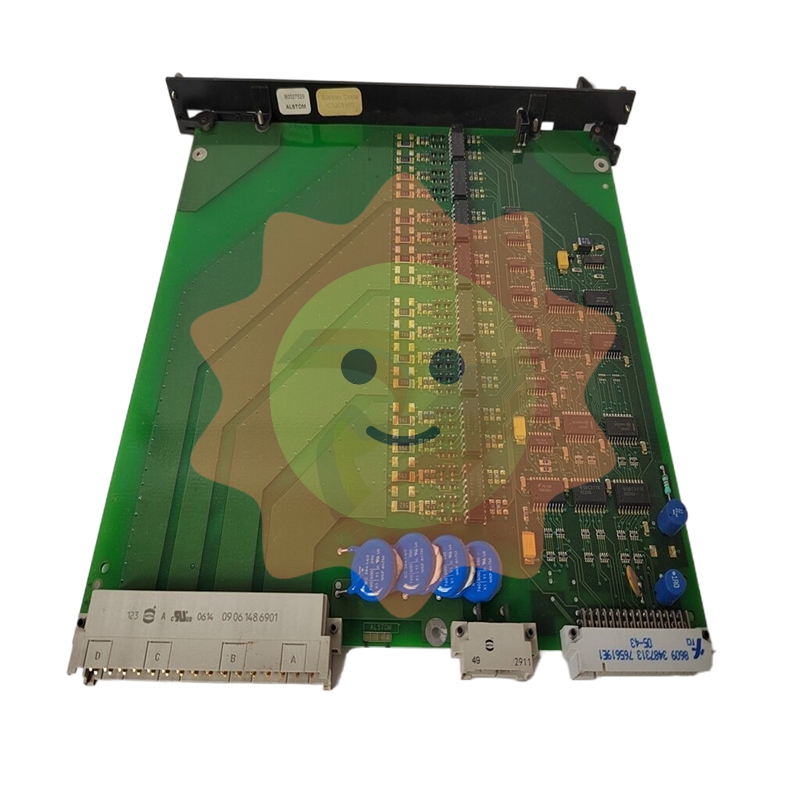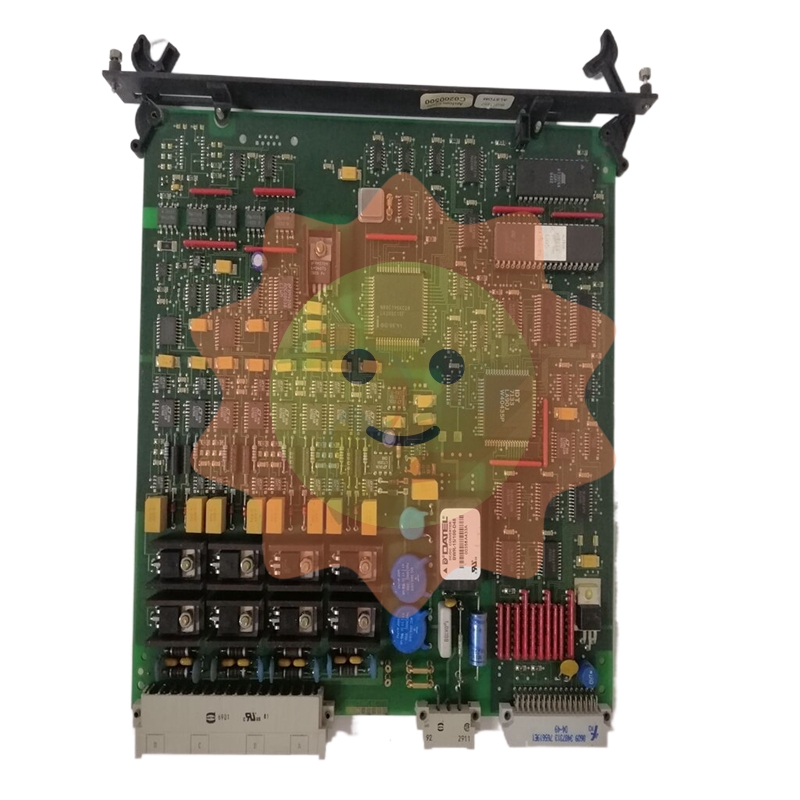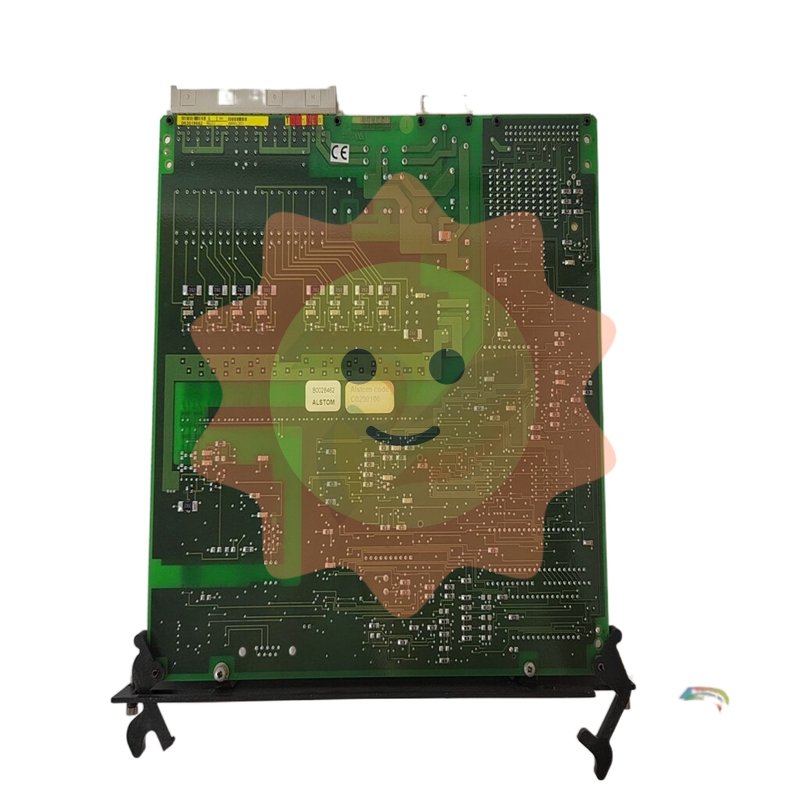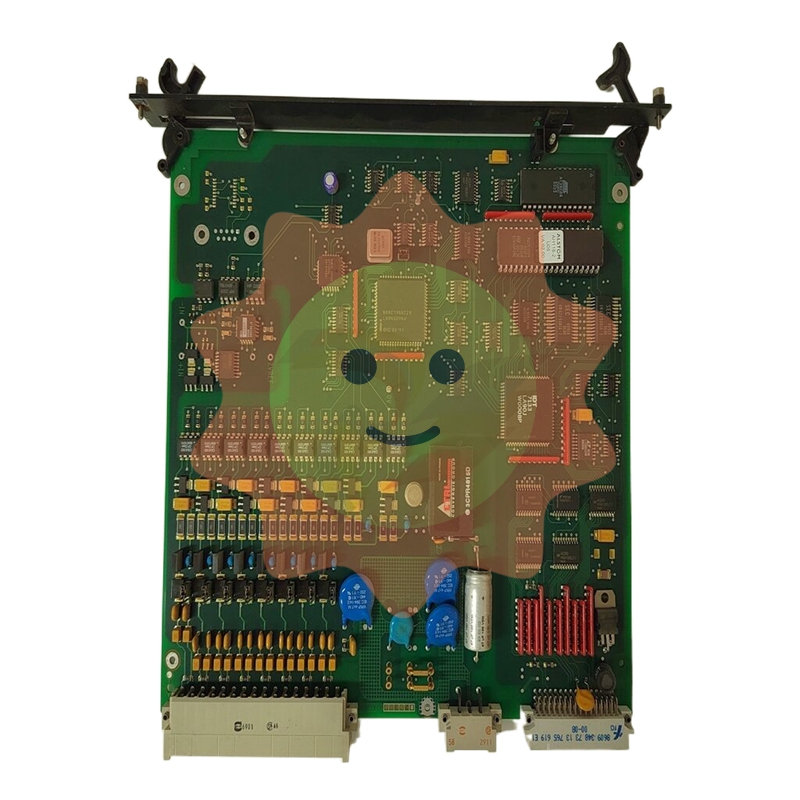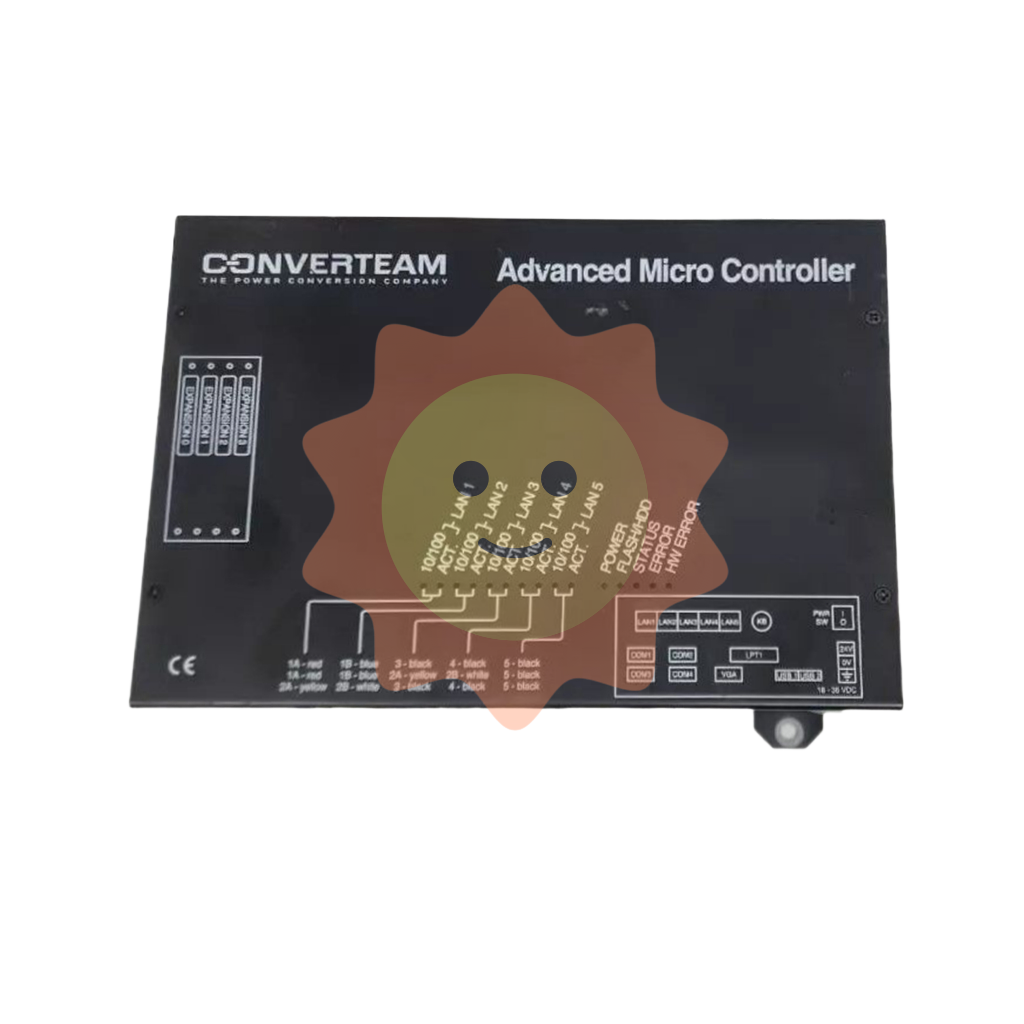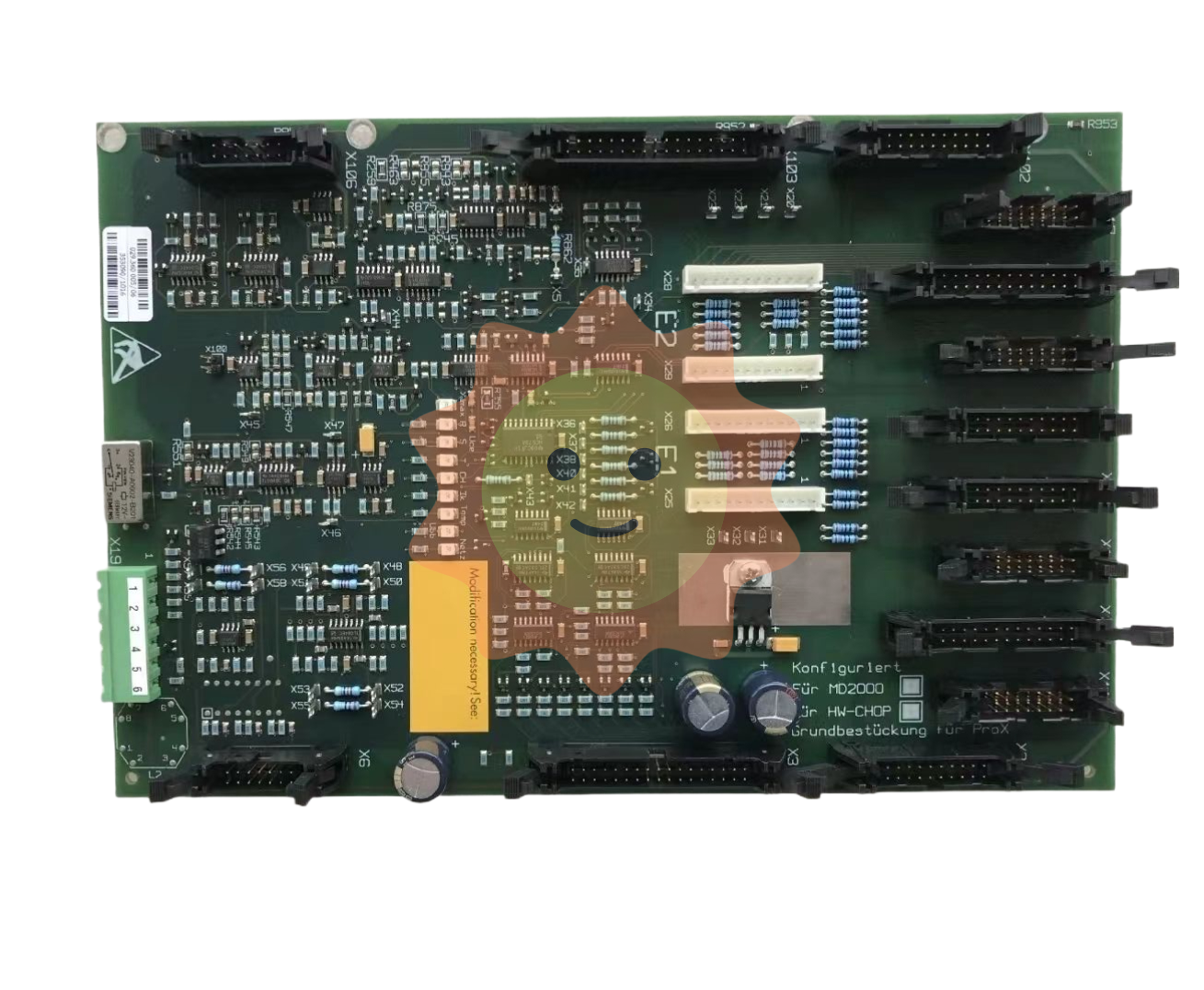Hydrogen fuel cells: An overdue energy change
Every "decarbonization" of energy will change the development process of human civilization, and every energy conversion is accompanied by the revival or rise of a major country.
The Industrial Revolution began in Britain in the 19th century, when the switch from wood to coal led to the rise of an empire on which the sun never set. In the 20th century, the substitution of oil and gas for coal opened the prelude to the electric age, during which the United States became the world's first industrial power and economy, laying the groundwork for world domination. The new energy revolution in the 21st century is unstoppable, and China also has the opportunity to catch up with photovoltaic and new energy vehicles.
But the battle for new energy is far from over. "Carbon neutrality" has triggered a new round of energy and material revolution, which has become one of the few big opportunities for overtaking at this stage. A new energy promotion competition around carbon neutrality has begun. China proposed "carbon peak by 2030, carbon neutrality by 2060" at the United Nations General Assembly, Europe plans to write "carbon neutrality by 2050" into the bill, and the United States has returned to the Paris Agreement since the first day Biden took office, promising to "make the United States carbon neutral by 2050."
This new energy revolution in China has been going for decades, and now every step is clearly connected: from vigorously developing photovoltaic to building UHV networks, and then to supporting new energy vehicles, an energy blueprint is displayed in front of us. However, when stitching this energy map, two potential problems are gradually exposed: one is a large number of renewable energy abandonment, and the other is the difficult endurance problem of new energy vehicles.
As a result, "hydrogen" can once again be placed in high hopes. At the recent China Development Forum, Xue Qikun, president of Southern University of Science and Technology and academician of the Chinese Academy of Sciences, said: "According to the physical laws of thermodynamics, any energy use process will cause waste and pollution such as carbon dioxide. Therefore, we still need to return to our original intention, starting from the most basic Einstein's nuclear fusion, returning to the sun, and using hydrogen, the simplest element in the human universe on Earth, to develop the cleanest, most efficient and longest term solar photovoltaic hydrogen energy technology."

The first year of China's hydrogen energy industry is actually earlier in 2019. The commercialization of hydrogen energy has always been controversial. In the eyes of proponents, hydrogen fuel cells have more than 100 times the energy density of lithium batteries, and when burned, nothing is left but water; In the opposition camp, Musk has assured investors that "fuel cells have no future," and Volkswagen Group CEO Herbert Diess has told the media: You will not see any passenger cars powered by hydrogen.
But hydrogen isn't all bad. Even in the field of passenger car applications where the voice is concentrated, hydrogen fuel cells can avoid the direct confrontation with lithium batteries, choose to break through in the long-life and high-power markets, and become a fuel alternative for commercial vehicles such as logistics, heavy trucks, and buses. In addition, in other applications such as fixed power supplies and drones, the advantages of hydrogen fuel cells are unmatched. In fact, in the voice of doubt, hydrogen energy is still cutting into the new energy industry chain by absorbing and rejecting electricity and extending the life of lithium batteries, while actively exploring the new energy world outside the grid.
But how easy is it to build an energy network from scratch? The hydrogen energy industry chain is longer, more complex and more expensive than the lithium battery industry chain, making it difficult to be applied on a large scale so far. The construction of the hydrogen network is bound to be a protracted battle. Fortunately, there are currently two powerful forces that are promoting the formation and expansion of the industrial chain from two directions: in the upstream, macro policies are guiding hydrogen energy; Downstream, governments and enterprises are working together to explore application scenarios.
Today, the development pattern of "electric-lithium batteries" has been clear, and the prospect of "hydrogen-hydrogen fuel cells" is still unclear. At this stage, becoming the "substitute" role of the power grid and lithium batteries is the direction that hydrogen can clearly go. But in the greater unknown fields of application, what kind of pattern will hydrogen energy have in the future? It takes a lot of imagination.

First, big opportunities for carbon reduction
In 2019, "hydrogen energy" was written into the Chinese government work report for the first time, and the report proposed to "promote the construction of charging, hydrogenation and other facilities."
This is directly related to the larger goal of reducing carbon. Renewable energy will play a crucial role in China's progress towards carbon neutrality. As the country with the largest carbon emission in the world, the power industry accounts for more than half of China's carbon dioxide emission structure, and replacing traditional thermal power generation with renewable energy has become the most direct means of carbon reduction.
To meet the goals of the Paris Agreement, China pledged at last year's climate summit that non-fossil energy would account for 25 percent of its primary energy consumption by 2030, and that the total installed capacity of wind and solar power would reach 12 trillion kilowatts.
In the field of renewable energy represented by photovoltaic, China's strength is almost unrivaled, but the rapid pace of development has also brought the corresponding "sequelae". According to the data of the National New energy Consumption monitoring and early warning center, in 2020, the national abandoned wind power is 16.61 billion KWH, and the national abandoned light power is 5.26 billion KWH.
As renewables replace thermal power generation, there will be a large amount of discarded electricity that needs to be stored, and at the other end of the grid, the hydrogen grid is also struggling with the high cost of electrolyzing water to produce hydrogen. When electricity and hydrogen meet, the energy storage industry of the power grid and the hydrogen production industry of the hydrogen network are very likely to mutual benefit, that is, electrolytic hydrogen production using renewable energy generation. This would solve many of the problems we are currently facing.
Since the marginal cost of renewable energy is close to zero, its pricing is lower than the market pricing of other electricity, and even can reach negative pricing, the use of renewable energy for hydrogen production will be highly economic advantages.

Second, the "lithium" dilemma
In the new energy system represented by "renewable energy power generation, UHV transmission, and new energy vehicle electricity", there are also hidden worries.
This hidden concern first appeared in the application of lithium battery technology, after more than ten years of rapid running, the battery began to struggle.
The endurance bottleneck of new energy vehicles is mainly affected by electricity. On the surface, the power can be boiled down to a matter of "quantity" : as long as enough batteries are installed, enough power can be generated to improve battery life. If a 60kWh battery can run 400 kilometers, wouldn't a 150kWh battery be able to easily break through 1,000 kilometers?
Unfortunately, the improvement of battery life is not a simple addition, subtraction, multiplication and division. According to the current mainstream energy density calculation, a 60kWh power battery pack weighs about 400kg~500kg, accounting for about 30% of the weight of the vehicle. As the weight increases, the battery will face the problem of diminishing marginal returns. That is, increasing the battery will also increase the weight and resistance of the electric vehicle, when the battery load is too large, most of the power will be used to drag the heavy battery pack to run, rather than contribute to the battery life of the electric vehicle, lithium battery car endurance ceiling also appears.
If you want to improve the endurance of the current electric vehicle from the power, it is no longer feasible to start from the "pile volume", and only "improve the energy density" can go. Specifically, there are four main lifting ways, respectively, positive lifting, negative lifting, electrolytic liquid system lifting and packaging technology upgrading.For positive materials, energy density and safety are like two ends of a seesaw, and cannot be both. Commonly used cathode materials are lithium cobaltate, lithium iron phosphate, lithium manganate, ternary lithium, etc. Each material must make a trade-off between energy density and safety.
Lithium iron phosphate has the strongest battery safety because of the addition of stable but bulky iron, but it also seriously affects the endurance of electric vehicles; The most mature cathode material is lithium cobaltate, but the corresponding energy density and safety are ordinary; "Radical" ternary lithium has the best energy density and the longest battery life, but frequent safety accidents also make consumers look backward.

At present, the development progress of positive electrode materials is still stopped at the high-nickel ternary lithium solution, and the technical solution of higher energy density is still in the laboratory.
The bottleneck of the negative electrode material is similar to that of the positive electrode material, so far no optimization scheme has been found that can replace the existing material. The anode material of lithium battery is graphite, and the most potential material to replace graphite is silicon material, but the latter has fatal problems such as large expansion coefficient.
The electrolyte system focuses on shifting batteries from liquid to solid, a technology that balances battery energy density and safety, and is one of the most popular solutions for new car makers. In January this year, NIO released a concept car equipped with a "solid-state battery" with a driving range of nearly 1000km. Unfortunately, solid-state batteries are still a very immature technology, and the application scope is limited to concept cars.
The packaging scheme is the last link that can be optimized for lithium batteries, and there is only one battery enterprise to optimize the packaging scheme so far: install more batteries in a safer way.
Byd's blade battery solution is a typical representative, optimizing the battery pack design as much as possible through the blade type package to improve the energy density of the battery pack. But the amount of space that packaging technology can squeeze is very limited, and it needs to be combined with better battery management to make it work.

Third, "hydrogen" can be solved
The battery life bottleneck of lithium batteries has made the call for hydrogen fuel cells in the long-life market high, because the "power" and "energy density" problems faced by lithium batteries are not problems for hydrogen fuel cells. It combines the three characteristics of "extremely high energy density, infinite possible system capacity, and no charging."
The energy density of hydrogen is incomparable to traditional fuels: the caloric value of hydrogen is about 3 times that of petroleum and 4.5 times that of coal, and every 1kg of hydrogen is equivalent to 2.5kg of natural gas, 2.8kg of gasoline, and 33.70kWh of electricity (1kWh is commonly known as 1 KWH of electricity) [2].
At present, the energy density of lithium batteries can reach up to 300Wh/Kg, lithium iron phosphate is less than 200Wh/Kg, and the energy density of hydrogen fuel cell systems exceeds 350wh/kg, easily surpassing lithium batteries. At this stage, the hydrogen storage technology is not mature enough, the amount of hydrogen carried by the cylinder is not enough, and the energy is still significantly ahead of the lithium battery. With the optimization and upgrading of pressurization technology, the energy density of the latter is beyond the reach of lithium batteries.
Lithium is already the lightest metal element on Earth, but it's still too heavy for hydrogen, the first element on the periodic table. Although hydrogen can not be stored in liquid form, and the reactor and auxiliary system will have a certain weight, in any case, the energy contained in a unit volume of hydrogen fuel is far more than other batteries, that is, the energy density is high. Therefore, the current limit of lithium battery vehicles is difficult to break through 500km, while the range of hydrogen fuel cell vehicles can easily start from 500km.
In terms of system capacity, similar properties to engines allow hydrogen fuel cells to have unlimited capacity possibilities. In the process of hydrogen fuel cell power generation, hydrogen will continue to flow from the hydrogen tank into the battery system, and the regeneration of water is constantly discharged. In the case of the same size of the battery system, as long as the hydrogen storage container is large enough and the hydrogen can be loaded enough, the system capacity of hydrogen fuel cells can continue to expand.

In terms of charging, because hydrogen fuel cells do not need to store electricity in the battery, they do not need to be charged. Its charging principle is more like a traditional fuel vehicle, 3 minutes to 5 minutes full of hydrogen fuel, a single driving distance can reach 400 kilometers to 700 kilometers. In addition, another major advantage of hydrogen fuel cells is that there are no mechanical transmission parts, and no noise is generated during the entire power generation process.
Hydrogen fuel cells also have the right time and the right place: Hydrogen makes up 90 percent of the universe and can be regenerated indefinitely as long as the sun keeps rising.
China is the world's largest hydrogen production and consumption market, with industrial hydrogen production capacity reaching 25 million tons/year in 2019 [3]. The annual hydrogen released by the chlor-alkali industry in the form of sky lanterns alone is enough to drive 12.4 million vehicles; the annual use of hydropower to produce hydrogen in Sichuan Province can meet 2.75 million hydrogen fuel cell vehicles; in 2017, the abandoned electricity of wind power and photovoltaic can be used by more than 20 million hydrogen energy vehicles 。
China holds the key to the scale of the trillion hydrogen energy market, which is a fertile soil that has not yet been developed in the eyes of the giant, and for small and medium-sized enterprises, it is also a soil that can grow into a leading enterprise.

4. Still filling in
However, since Toyota launched the world's first commercial hydrogen fuel cell vehicle in 2014, when hydrogen fuel cell vehicles in Europe, the United States, Japan and South Korea went hand in hand in the commercial field, China's hydrogen fuel cell vehicle market has entered the exploration stage.
Hydrogen fuel cell technology, which was conceived in the oil crisis of the 1970s, has found a breakthrough in the application of automobiles.
In 1994, Daimler launched the first generation of modern fuel cell passenger car -NECAR 1, although in 2020 Daimler terminated the relevant program, but its fuel cell car achieved a breakthrough from 0 to 1.
In the ensuing long decade or so, other countries are also stepping up tests and racing against time to seize the milestone of the commercialization of hydrogen fuel cell vehicles.
In 2014, an important milestone in the history of hydrogen fuel cell vehicle development was born in Japan. In December 2014, Toyota launched the Miria, the world's first commercial hydrogen fuel cell vehicle. The milestone is that hydrogen fuel cell vehicles are part of the solution to revolutionizing transportation technology, not just a concept that exists in a lab.
At the same time, hydrogen fuel cell vehicles in various countries began to come out of the laboratory and began their respective commercial landing practices. The United States has locked in the logistics and transportation field, and as of 2015, a total of 34 enterprises and more than 8,000 hydrogen fuel cell forklifts have been put into operation; South Korea and Japan are focusing on the passenger car market, with Hyundai TucsonFCEV and Toyota Mirai also launching related products.
In the meantime, China has chosen another path, which is to conduct small-scale tests in the demonstration phase before commercialization. In this context, the world's largest fuel cell vehicle demonstration operation project appeared in the 2008 Beijing Olympic Games and 2010 Shanghai World Expo: 100 hydrogen fuel cell sightseeing vehicles received a total of 2,230,475 tourists, with a total operating mileage of 578,655km 。

The different layout of hydrogen energy in various countries largely depends on their different energy structures.
Japan is currently the most active country in building a hydrogen network. Limited by its geographical location and energy environment, as well as the nuclear energy strategy caused by the nuclear accident, Japan now wants to bet on hydrogen to achieve a renewable energy strategy. As early as 2014, Japan developed a strategic roadmap for the production, storage, transportation and application of hydrogen, and today hydrogen energy has been established as Japan's "national energy".
For the United States, there is a greater need to develop renewable energy to prevent oil shocks. Since the 1970s, the U.S. government has funded a lot of hydrogen research. In 1990, the United States formulated a five-year plan for the development of hydrogen energy. At present, the United States hydrogen energy related policies cover almost the entire hydrogen energy industry chain.
China has chosen a multi-point strategy on the renewable energy track. Hydrogen energy is not the only renewable energy that is concerned, and the development of hydrogen fuel cell vehicles is also lithium battery vehicles.
The strength of photovoltaic and UHV fields makes electric vehicles stand out before hydrogen fuel cell vehicles. With the "ten cities thousand vehicles" in 2009 as a starting point, the development of electric vehicles has entered the embryonic stage, and hydrogen fuel cell vehicles and pure electric vehicles are included in the subsidy policy; In 2014, electric vehicles entered the growth period, hydrogen fuel cell vehicles also set a "thousand level" scale of the target, in the following years, the annual sales of electric vehicles from 180,000 all the way through 1 million; In contrast, the cumulative sales of hydrogen fuel cell vehicles have not even reached 10,000 units.

In the past decade or so, hydrogen fuel cell vehicles have not been able to get rid of the "replacement" role of electric vehicles. Whenever the progress of lithium battery technology slows down, fuel cell technology appears on the market. Today, the battery life of electric vehicles has hit the ceiling, and the development of hydrogen fuel cell vehicles has been put on the agenda, but unlike in the past, fuel cell technology has gradually passed from the demonstration stage to the commercialization stage, and has the ability to take over some of the lithium battery market segments.
Fifth, the cost dilemma
From the bench to the race, hydrogen energy will not go smoothly.
Part of the controversy stems from the slow growth of hydrogen fuel cells. The reason behind this is that developing hydrogen energy is a long and complex chain. Diess has explained on its social media that it is not entering the hydrogen car market because hydrogen is very expensive and inefficient, so it cannot ensure the rapid development of infrastructure and ensure the stability of hydrogen during transportation.
The development of hydrogen fuel cell vehicles needs to discuss not only a driving car, but also a complex energy system from hydrogen production - transportation - hydrogen refueling station - hydrogen fuel cell vehicles superimposed.
From the perspective of the market, the complex issues surrounding hydrogen fuel cells can also be simply summarized as two questions: whether it is easy to use and whether it is cheap. Its excellent battery life has proved that hydrogen fuel cells are good enough to use. But the second question, "is it cheap?" still needs further exploration.
Hydrogen energy systems are extremely expensive to build. Whether it is upstream hydrogen production and hydrogen transportation, midstream hydrogenation or downstream hydrogen, at present, no part of the entire industry chain is cheap, and no party can leave the industry chain to reduce costs alone.
- EMERSON
- Honeywell
- CTI
- Rolls-Royce
- General Electric
- Woodward
- Yaskawa
- xYCOM
- Motorola
- Siemens
- Rockwell
- ABB
- B&R
- HIMA
- Construction site
- electricity
- Automobile market
- PLC
- DCS
- Motor drivers
- VSD
- Implications
- cement
- CO2
- CEM
- methane
- Artificial intelligence
- Titanic
- Solar energy
- Hydrogen fuel cell
- Hydrogen and fuel cells
- Hydrogen and oxygen fuel cells
- tyre
- Chemical fiber
- dynamo
- corpuscle
- Pulp and paper
- printing
- fossil
- FANUC
- Food and beverage
- Life science
- Sewage treatment
- Personal care
- electricity
- boats
- infrastructure
- Automobile industry
- metallurgy
- Nuclear power generation
- Geothermal power generation
- Water and wastewater
- Infrastructure construction
- Mine hazard
- steel
- papermaking
- Natural gas industry
- Infrastructure construction
- Power and energy
- Rubber and plastic
- Renewable energy
- pharmacy
- mining
- Plastic industry
- Schneider
- Kongsberg
- NI
- Wind energy
- International petroleum
- International new energy network
- gas
- WATLOW
- ProSoft
- SEW
- wind
- ADVANCED
- Reliance
- YOKOGAWA
- TRICONEX
- FOXBORO
- METSO
- MAN
- Advantest
- ADVANCED
- ALSTOM
- Control Wave
- AB
- AMAT
- STUDER
- KONGSBERG
- MOTOROLA
- DANAHER MOTION
- Bentley
- Galil
- EATON
- MOLEX
- Triconex
- DEIF
- B&W


email:1583694102@qq.com
wang@kongjiangauto.com

